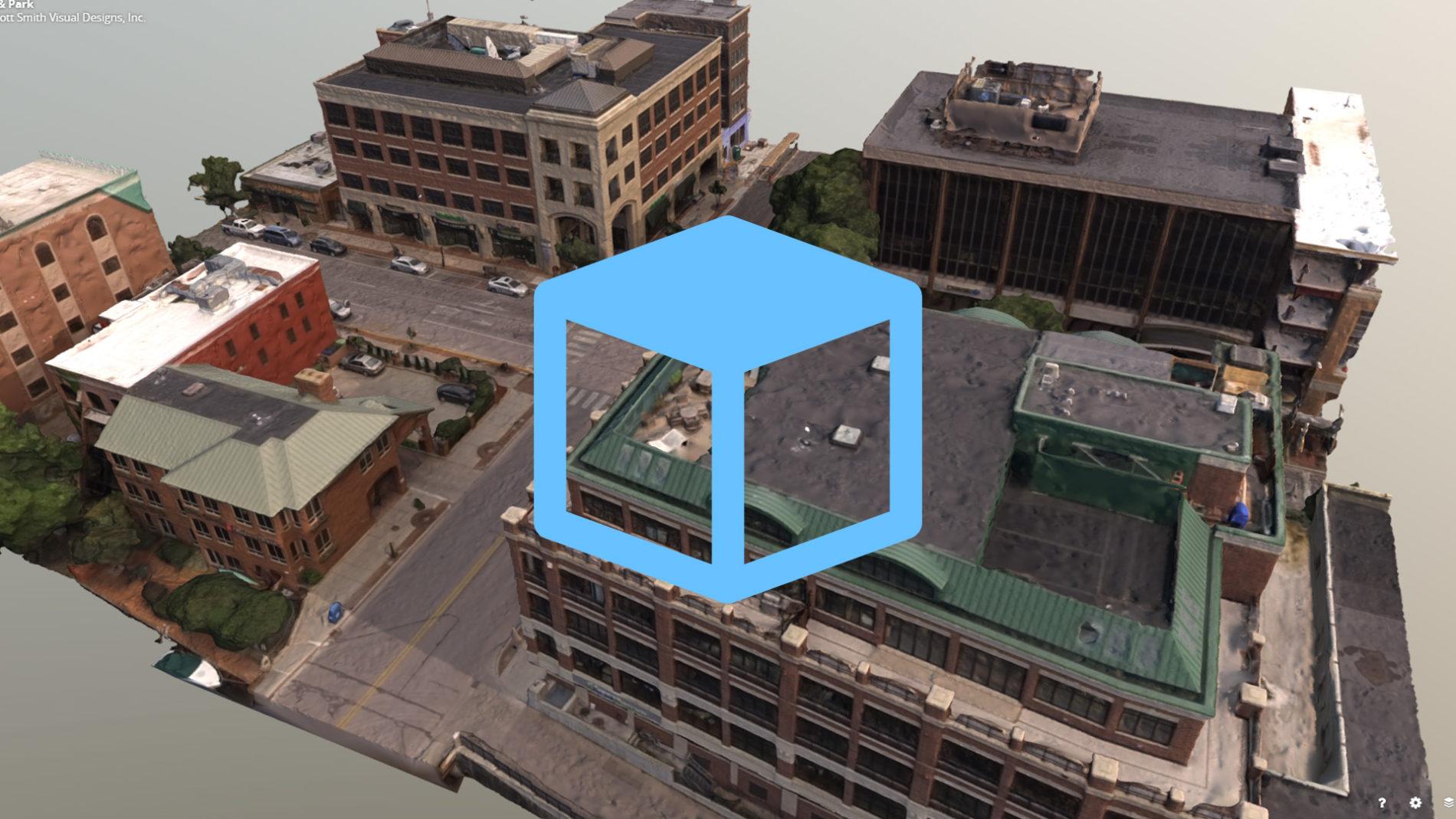Exploring the Power of 3D Modeling and Drone Photography in Urban Planning
City planning is undergoing a transformation, thanks to advancements in technology such as interactive 3D models and drone photography. These tools offer an unprecedented level of detail and accuracy, enabling urban developers and planners to visualize and interact with real-world conditions in ways that were previously unimaginable. This article delves into the significance of 3D modeling and drone technology in city planning and real estate, with a spotlight on a groundbreaking project in downtown Traverse City.
The Power of 3D Rendering for Real Estate
In the realm of real estate, 3D rendering has become a game-changer. It allows developers and stakeholders to visualize properties in a detailed, interactive manner. This technology enhances the ability to present accurate and appealing visuals to potential investors and clients, providing a more immersive experience compared to traditional 2D plans and static images.
Capturing Historic Landmarks and New Constructions
The creation of an interactive 3D model of downtown Traverse City is a prime example of the capabilities of modern technology in city planning. This project involved capturing both historic landmarks and new constructions to provide the most up-to-date representation of the site. Using drone footage and LiDAR scanning technology, we were able to meticulously record every detail of the area, from the intricate architectural features of historic buildings to the latest developments in urban infrastructure.
Advanced Techniques: Drones, LiDAR, and 3D Modeling
Drones equipped with high-resolution cameras and LiDAR scanners played a crucial role in this project. The drones captured aerial images and data from multiple angles, while LiDAR technology provided precise measurements by using laser pulses to map the environment. This combination of aerial and terrestrial data collection ensured that the interactive 3D model was both comprehensive and accurate.
Our expertise in 3D modeling allowed us to integrate this data seamlessly. The resulting model, uploaded to SketchFab, is not only detailed but also interactive, enabling users to explore the cityscape from any device. This level of accessibility and interactivity is essential for various applications, from city planning and development to marketing and tourism.
Real-World Applications of Interactive 3D Models
One of the most significant advantages of using interactive 3D models in city planning is the ability to establish current real-world conditions. Traditional tools like Google Maps are often outdated by several years, but our method provides a real-time snapshot of the city. This is crucial for accurate planning and development analysis.
Interactive 3D models allow planners to place proposed buildings within the current urban context, facilitating a more thorough analysis of how new developments will impact the existing environment. This is particularly useful for evaluating factors such as sightlines, shadows, and the overall aesthetic impact of new constructions.
Versatility in Use: From City Planning to Tourism
The applications of interactive 3D models extend beyond city planning and real estate. They are valuable tools for marketing and tourism, offering a virtual tour experience that can attract visitors and investors alike. For example, potential tourists can explore Traverse City’s landmarks and attractions remotely, enhancing their decision to visit. Similarly, developers can showcase future projects to stakeholders with a level of detail and interactivity that static images or blueprints cannot provide.
Conclusion: A New Era in Urban Development
The integration of 3D modeling and drone technology in city planning represents a significant leap forward in how we visualize and interact with urban spaces. The project in downtown Traverse City is a testament to the power of these technologies in capturing real-world conditions accurately and interactively.
By leveraging tools like drone photography, LiDAR scanning, and advanced 3D rendering, city planners and developers can create highly detailed, interactive models that are crucial for informed decision-making. Whether for planning, development, marketing, or tourism, the utility and capabilities of these technologies are revolutionizing the field of urban development.
In summary, the future of city planning lies in embracing interactive 3D models and drone technology. These advancements not only enhance our ability to plan and develop urban areas but also offer new ways to engage with and understand our cities. As we continue to explore and refine these tools, the possibilities for their application in real estate and beyond are limitless.
#17-049
Let’s Talk About Your Next Project
This placeholder text to explain the details of this CTA.


0 Comments